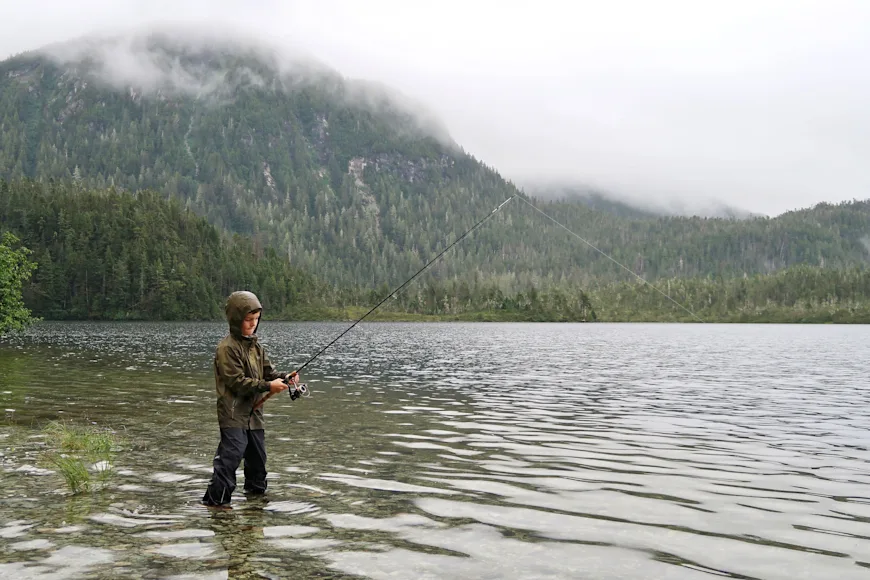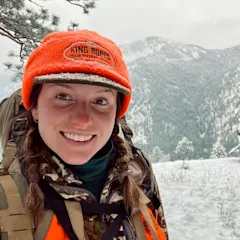On June 23, U.S. Secretary of Agriculture Brook Rollins announced plans to scrap a landmark conservation tool dating back to 2001. If fully enacted, Rollins’ decision to rescind the Roadless Rule will open a whopping 45 million acres of currently protected National Forest lands to road construction, logging, and other development activities. In the days since the announcement, a broad swath of America’s conservation community—from hunters and anglers to veteran ecologists—has responded to the decision with concern and confusion.
In a recent press release, the USDA refers to the roadless rule as “outdated and overly restrictive” and says it's “posing real harm” to National Forest lands. But critics say the agency's concerns are a veil for deeper interests in increasing timber production and boosting the profitability of USFS lands across the nation—something the Trump administration has promised to do on multiple occasions, namely with Executive Order 14192, “Unleashing Prosperity Through Deregulation.” The USDA did not immediately reply to Field & Stream’s emailed request for comment on the announcement.
“Once again, President Trump is removing absurd obstacles to common sense management of our natural resources by rescinding the overly restrictive roadless rule,” Rollins said in the agency’s press release. “This move opens a new era of consistency and sustainability for our nation’s forests. It is abundantly clear that properly managing our forests preserves them from devastating fires and allows future generations of Americans to enjoy and reap the benefits of this great land.”
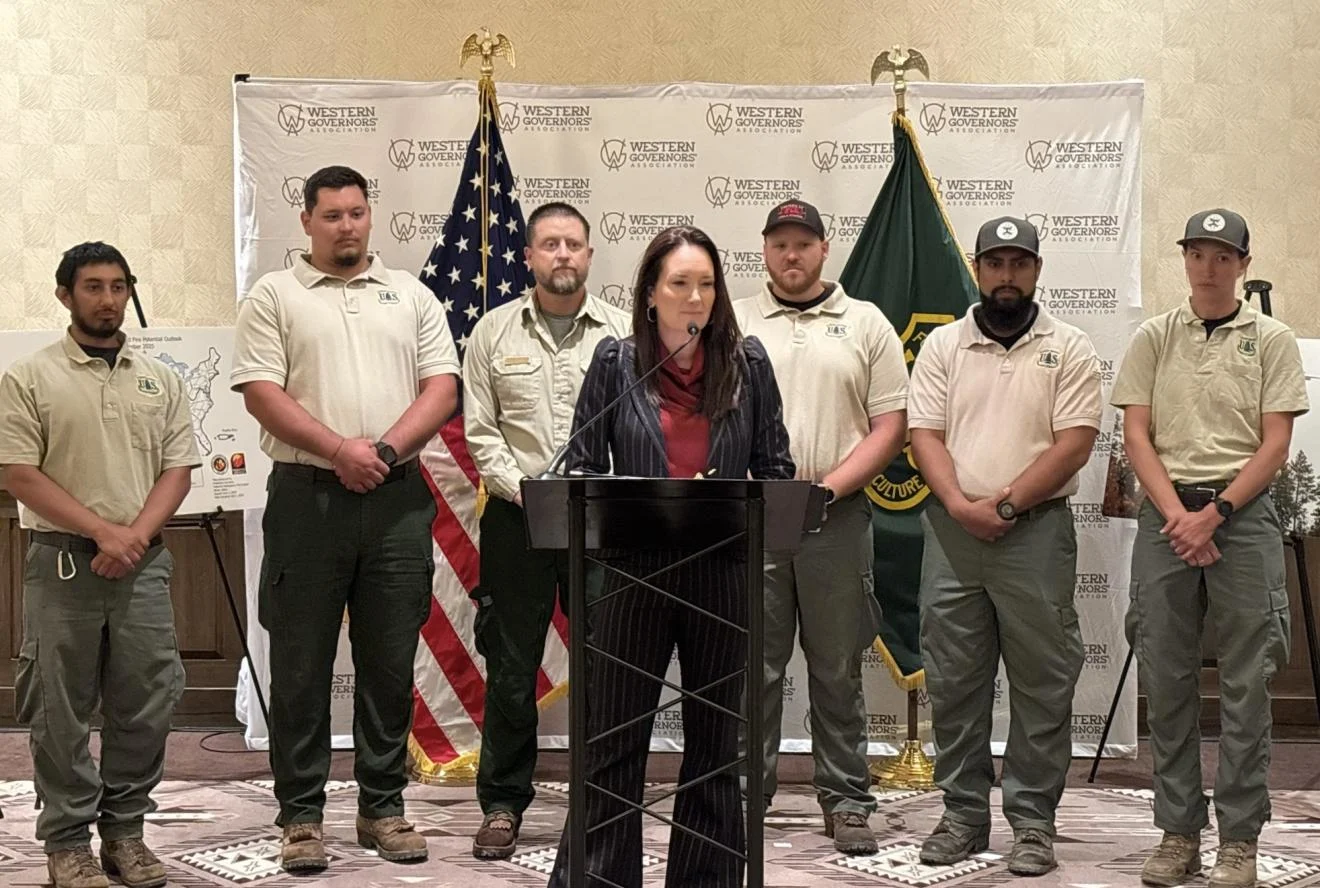
Common Sense Protections
The USFS enacted the Roadless Rule to address a seemingly insurmountable road maintenance backlog. Up against $8.5 billion in repairs to keep a sprawling network of roads in working condition, officials decided to stop building more. Chris Wood, president and CEO of Trout Unlimited, was one of those officials at the time.
“We were governed by what we called the ‘Rule of Holes,’” Wood told Field & Stream. “The ‘Rule of Holes’ is simple: When you’ve dug the hole so deep that you’re over your head, put the shovel down.”
By the early 1990s, the Forest Service had cut basically all of the timber it could get to, Wood recalls. What remained grew on steep slopes prone to erosion, deep in the backcountry, high in elevation, and adjacent to otherwise intact blankets of wilderness.
“The heretical idea we had 24 years ago was, well, why would we build any more roads into these pristine areas when the roads that we already have on the landscape are falling off the mountainside into our creeks?” Wood says. “That was basically the genesis of the Roadless Rule.”
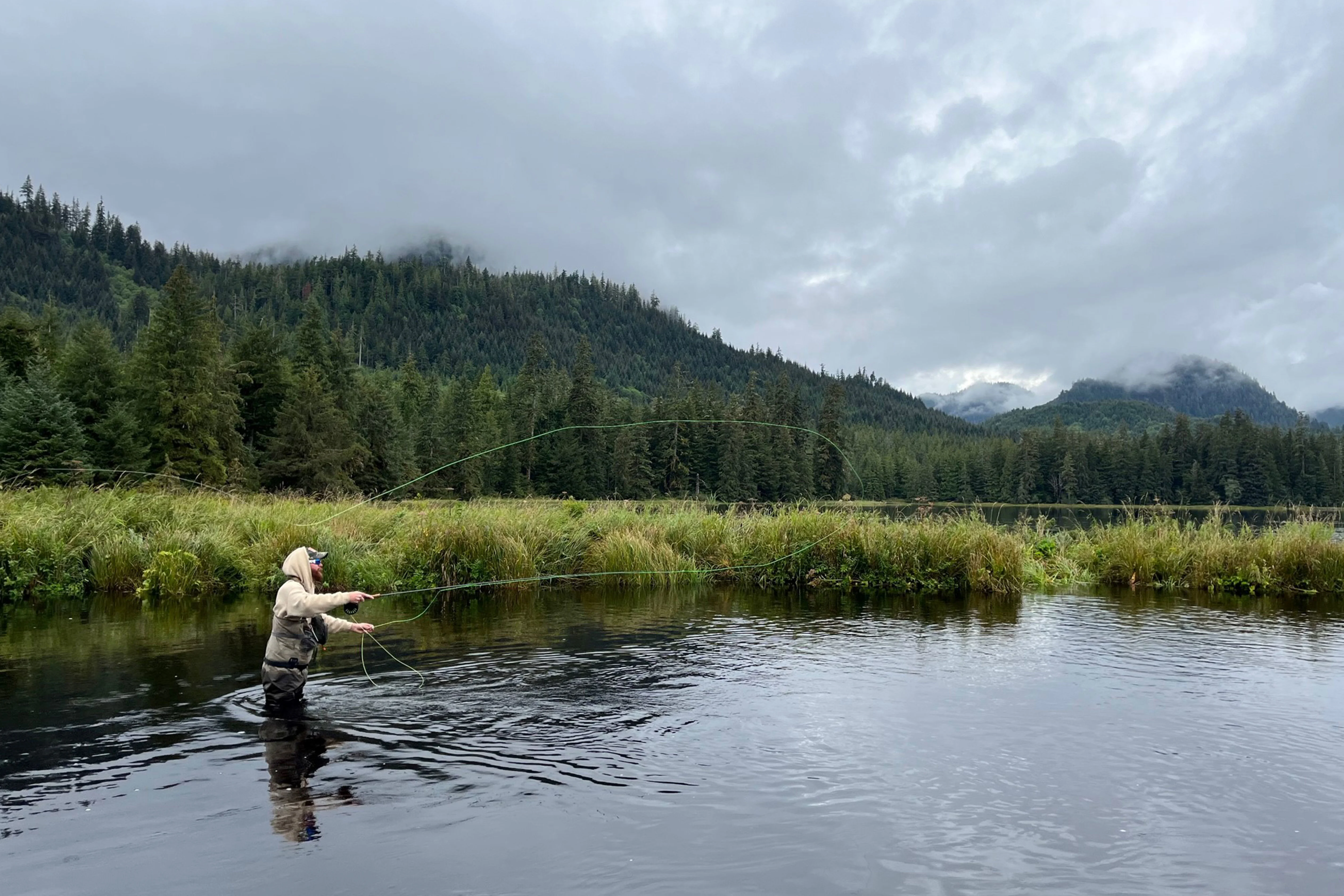
In the decades since, roadless areas have served as some of the most prime, intact backcountry wilderness in the nation, home to critical game and non-game wildlife habitat and migratory corridors. They also provide innumerable protections for broader ecosystem and watershed health that can rapidly erode when forest structures are disrupted, according to Solomon Dobrowski, a landscape ecologist and professor at the W.A. Franke College of Forestry at the University of Montana.
Ecological Implications
“When I think about this problem, four Ws come to mind: wildness, wildlife, water, and wildfire,” Dobrowski said. “About 60 percent of roadless areas are directly adjacent to other protected areas, like national parks and wilderness areas, which means they increase the core effective area of those places for wildlife, fish, and clean water supply. As we know from a large body of science, when you increase the size of protected areas, their efficacy for wildlife increases dramatically. Those organisms need to move their genes through a connected landscape to avoid inbreeding and other issues. So these roadless areas really improve this matrix of wilderness with a low human footprint.”
As far as wildfire goes, Dobrowski is quick to point out that managing for wildfire risk is important—but that such management work doesn’t quite align with what the Trump administration seems to have in mind.
“There is definitely a need for fuels-reduction work across the western U.S. in the right places, done properly,” Dobrowski said. “But that does not generally require taking out large-diameter timber. You’d be doing the exact opposite of what you need to do by taking out the largest, most profitable logs of the forest. Those logs are actually the most resistant to fire.”
Instead, proper fuels reduction work in many western forest types would involve removing what Dobrowski refers to as “non-merchantable” materials, namely small trees. Beyond that work, introducing carefully managed controlled burns to landscapes that evolved with fire will only improve their resilience to major burns in the long run—much more than thinning ever would.
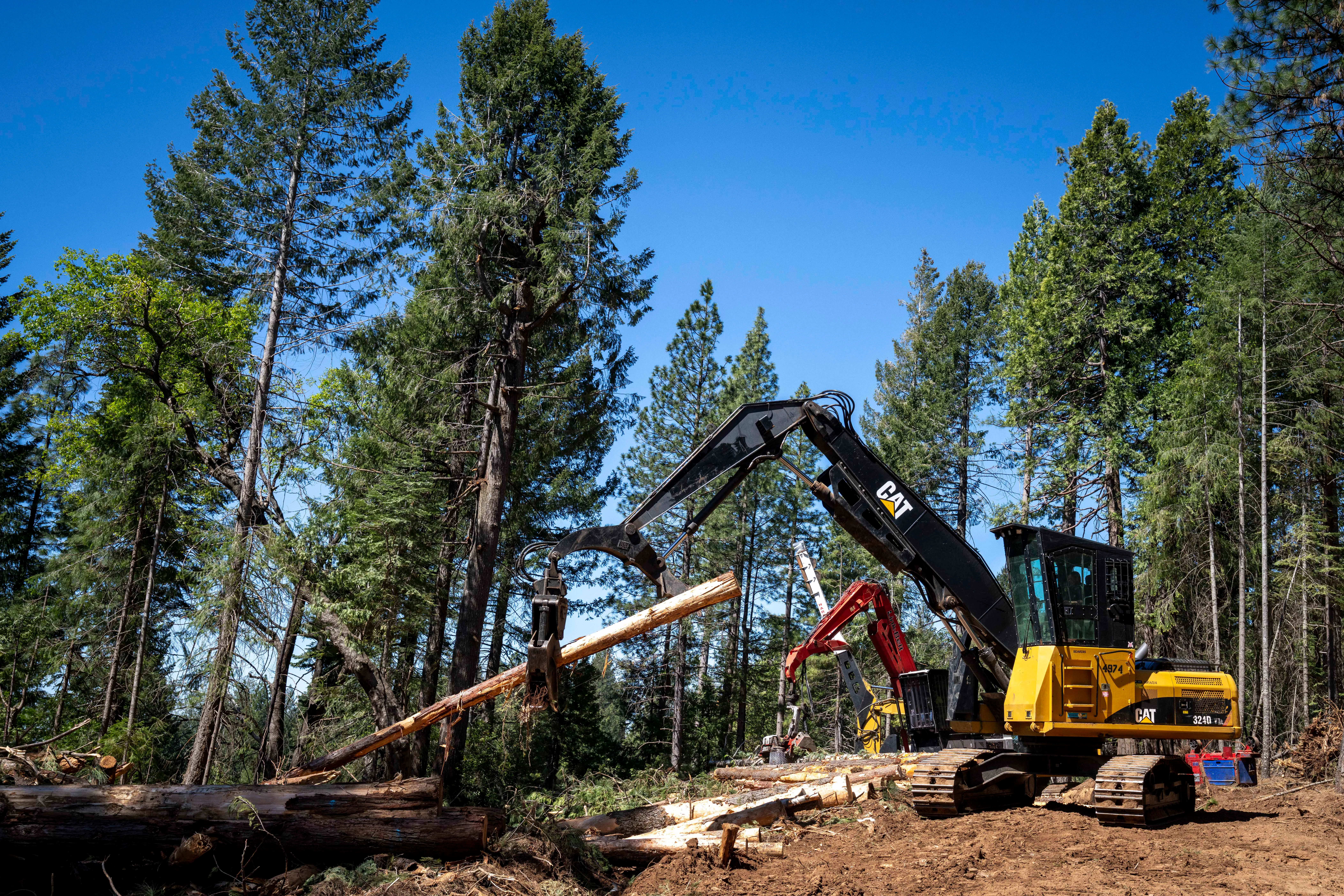
“These wilderness areas and surrounding roadless areas that buffer them, places like the Bob Marshall and Frank Church [wilderness areas], have some of the most intact fire regimes in the Lower 48,” Dobrowski said. “In other words, fire is doing what it’s supposed to be doing in those places. It’s burning frequently, it’s burning in a way that’s not being suppressed. Those places then act as buffers on the broader landscape against large, out-of-control fires. So the idea that we need to start thinning these roadless areas is antithetical to what the science currently says.”
Wildfire Realities
As Wood points out, the Roadless Rule already allows for the USFS to manage for wildfire risk reduction in roadless areas. Beyond that, the overwhelmingly remote nature of roadless areas means that, when they do burn as they evolved to, the human impact is often negligible. The wildfires that really threaten people and their communities are the ones that burn in the wildland-urban interface, where roads already tend to exist and ample firefighting resources are often dispatched, Dobrowski says.
Meanwhile, absent from the Trump administration’s rhetoric on rescinding the Roadless Rule is any mention of wildfire as a landscape benefit; how prescribed burns can help reduce fuel loads, the restoring powers of cyclical disturbance for wildlife forage and habitat, or the like. Instead, the logic seems to be that wildfires decimate timber stands that could otherwise turn a profit. But such an approach seems increasingly at odds with how Americans view their national forests these days.
Roadless areas in National Forests have become some of the most sought-out hunting and fishing destinations in the country, particularly because they prohibit the type of development and extraction activities that can keep game and fish from thriving. And with more and more people hunting and fishing on western public lands every year, roadless areas are a great way to ditch the crowds—if you're willing to burn a little extra boot leather.
Read Next: Mike Lee's Land Grab Dies in the Senate
“We realized that, for years, national forests had been managed as these sort of breadbaskets of commodities waiting to be taken to market,” Wood said. “Sure, Americans definitely value the wood fiber and the forage and the energy resources that come off national forests. But most Americans value national forests for their wildness, and the clean water they provide, and the opportunity to recreate with their families. That’s what most people think of when they think of public lands.”

